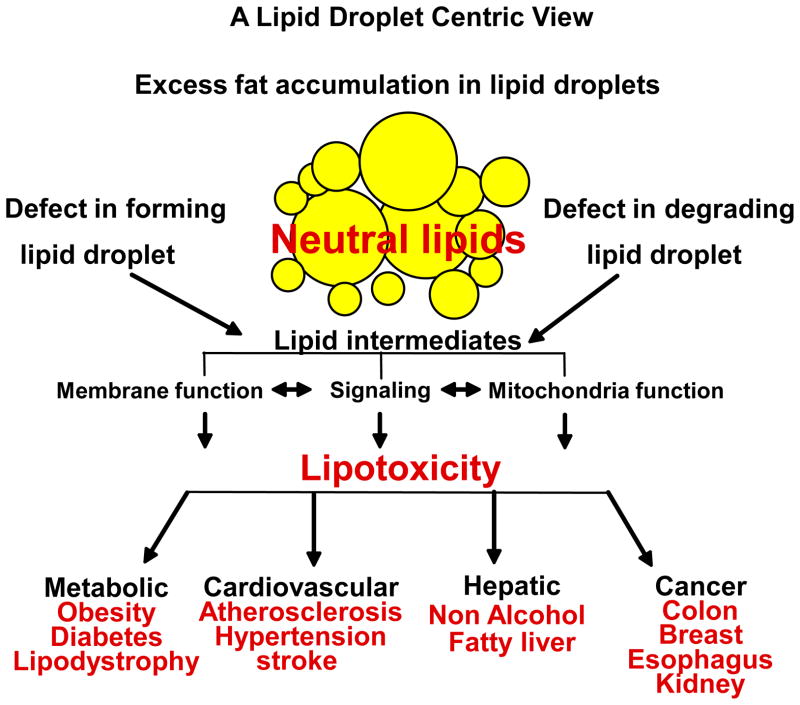Figure 1. Importance of the role of LDs in cellular LD homeostasis.
In physiological conditions, the main role of the lipid droplet (LD) is to store excess intracellular fatty acid (FA) as neutral lipid, triglyceride (TAG). In chronic excess of cellular FA (for example, with obesity), presence of ectopic fat is found highly associated to disease states. A growing body of evidence supports the concept that defects in LD biogenesis, hydrolysis and/or turnover lead to an excessive flow of lipid intermediates and/or oxidized lipids into other metabolic pathways, perturbing ER and other membrane function, altering signaling by stimulating PKCs and/or by upregulating PPARs and affecting mitochondria function by increasing ROS and oxidized lipid formation.

